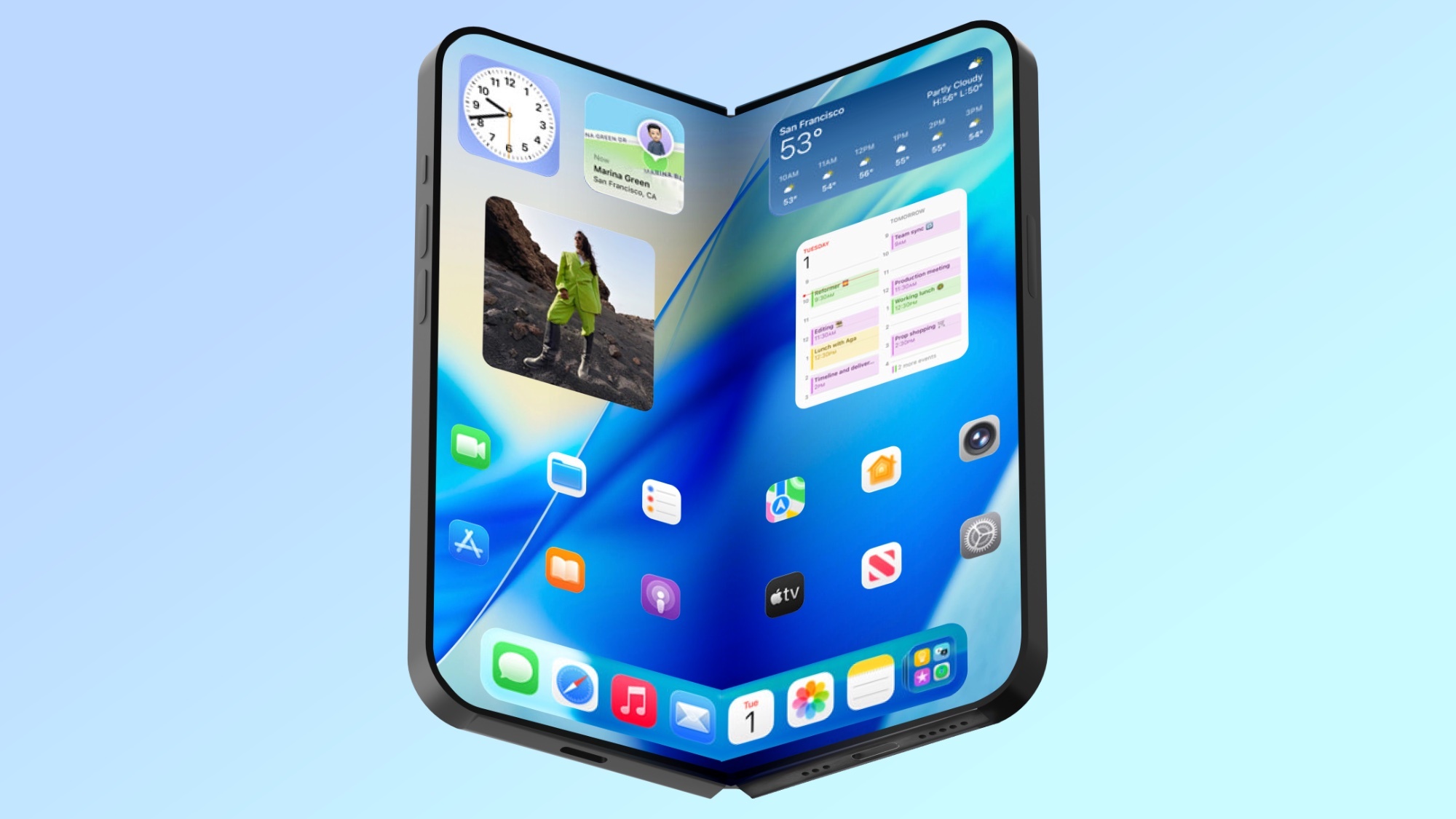Best TV in Australia 2025: our top picks from LG, Samsung, Sony and more

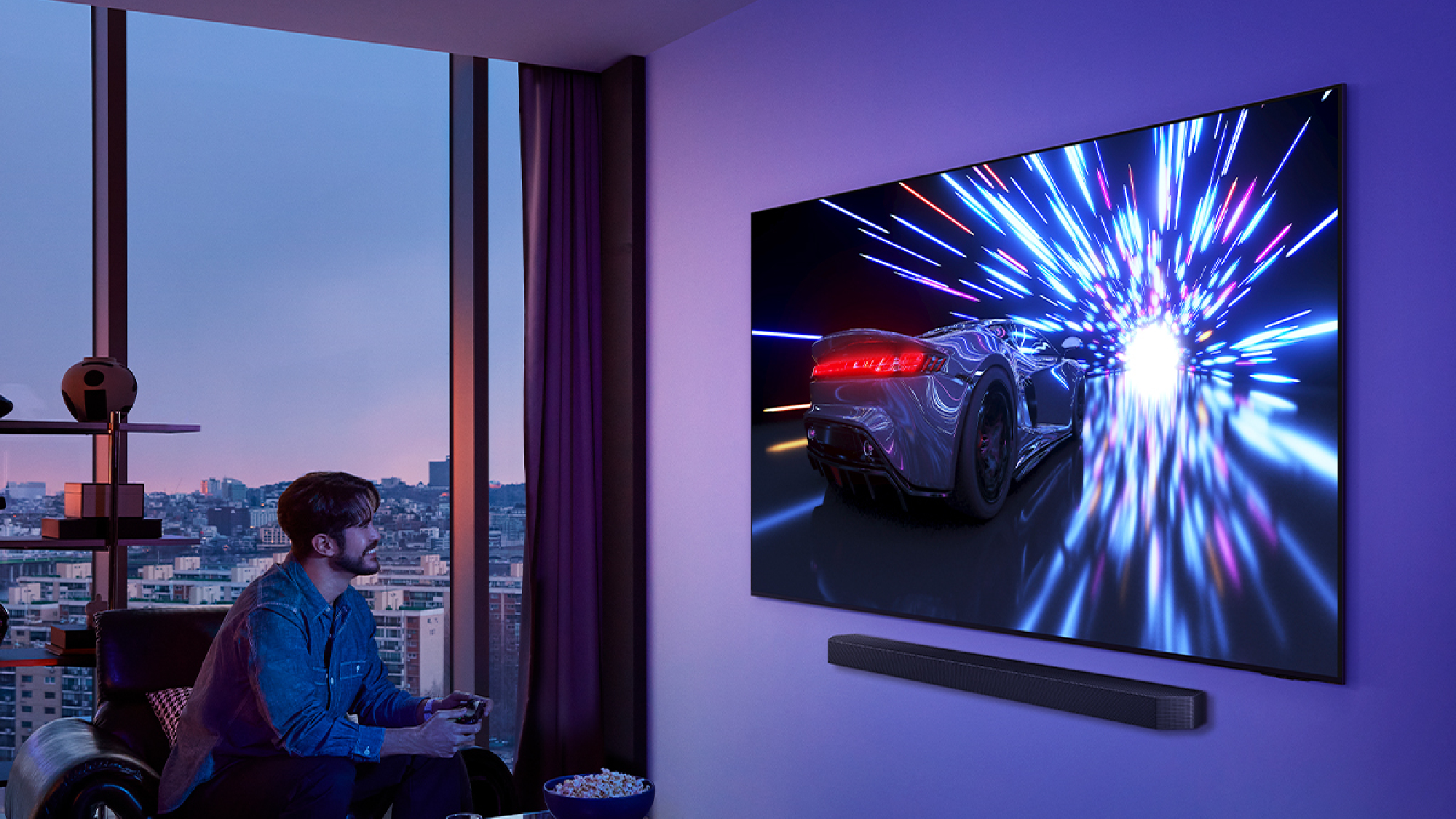
The list in brief
1. Best TV overall
2. Best Samsung TV
3. Best Sony TV
4. Best LG TV
5. Best mid-range TV
How to choose
How we test
Finding the best TV in Australia can be tricky with models constantly evolving and improving. This guide is here to make your search easier by highlighting top options available locally, steering clear of recommending products you can't purchase.
Our aim is to offer expert advice on picture and sound quality, display technologies, smart features and user interfaces, ensuring you can make an informed decision without getting bogged down by technical jargon.
Should a particular TV catch your eye, we also want to make it easy for you to find it at a great price. So, without further ado, here's Tom's Guide's definitive list of the best TVs in Australia for 2025.

Hello! I'm Stephen (a.k.a. Slams) and I'm the Managing Editor of Tom's Guide (APAC). Based in Sydney, Australia, I've written about TV and AV for over a decade, having previously worked as a Senior Journalist over at our sister website, TechRadar. My goal is to help you cut through the slogans and marketing phrases to find the best TV for your needs.
The quick list
Here's a quick overview of the best TVs you can buy in Australia right now based on our extensive testing and reviews. Alternatively, you can keep on scrolling to see our in-depth analysis of all the top TVs on our list.
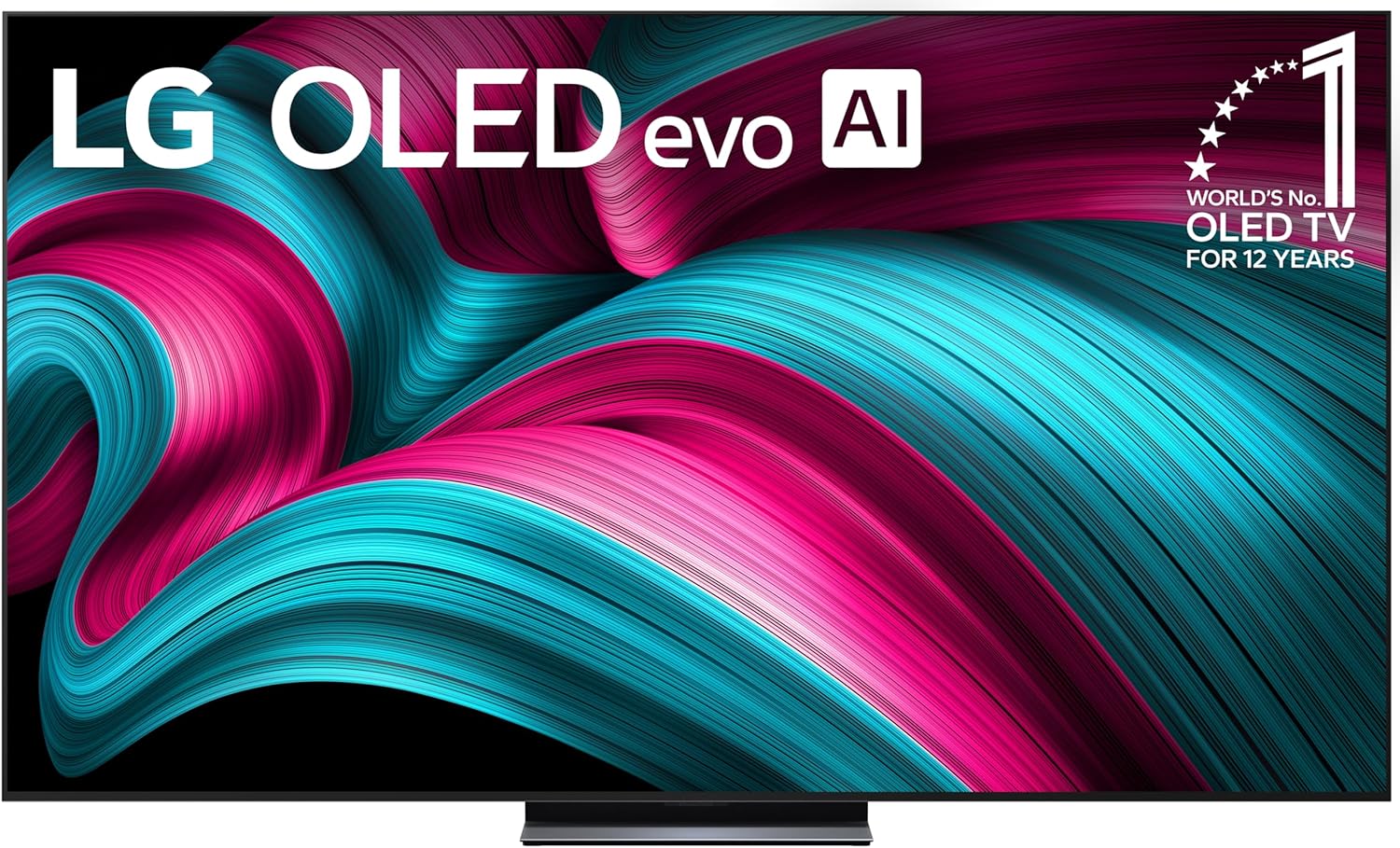
The LG C5 OLED is the best TV we've tested in 2025. It secured a perfect 5-star rating from our reviewer and the whole staff loves it. The LG G5 might have a slightly prettier picture, but it's not thousands of dollars better...

Samsung's S95F is the company's most advanced OLED TV to date, delivering outstanding picture quality, fantastic brightness and exceptional design, all topped off by a remarkable glare-free display and user-friendly AI features.

The Sony Bravia 9 may be pricier than most Mini-LED TVs, but its phenomenal performance justifies the cost. It's one of the best TVs Sony has ever made, and that's impressive for a Mini LED TV.
Read more below
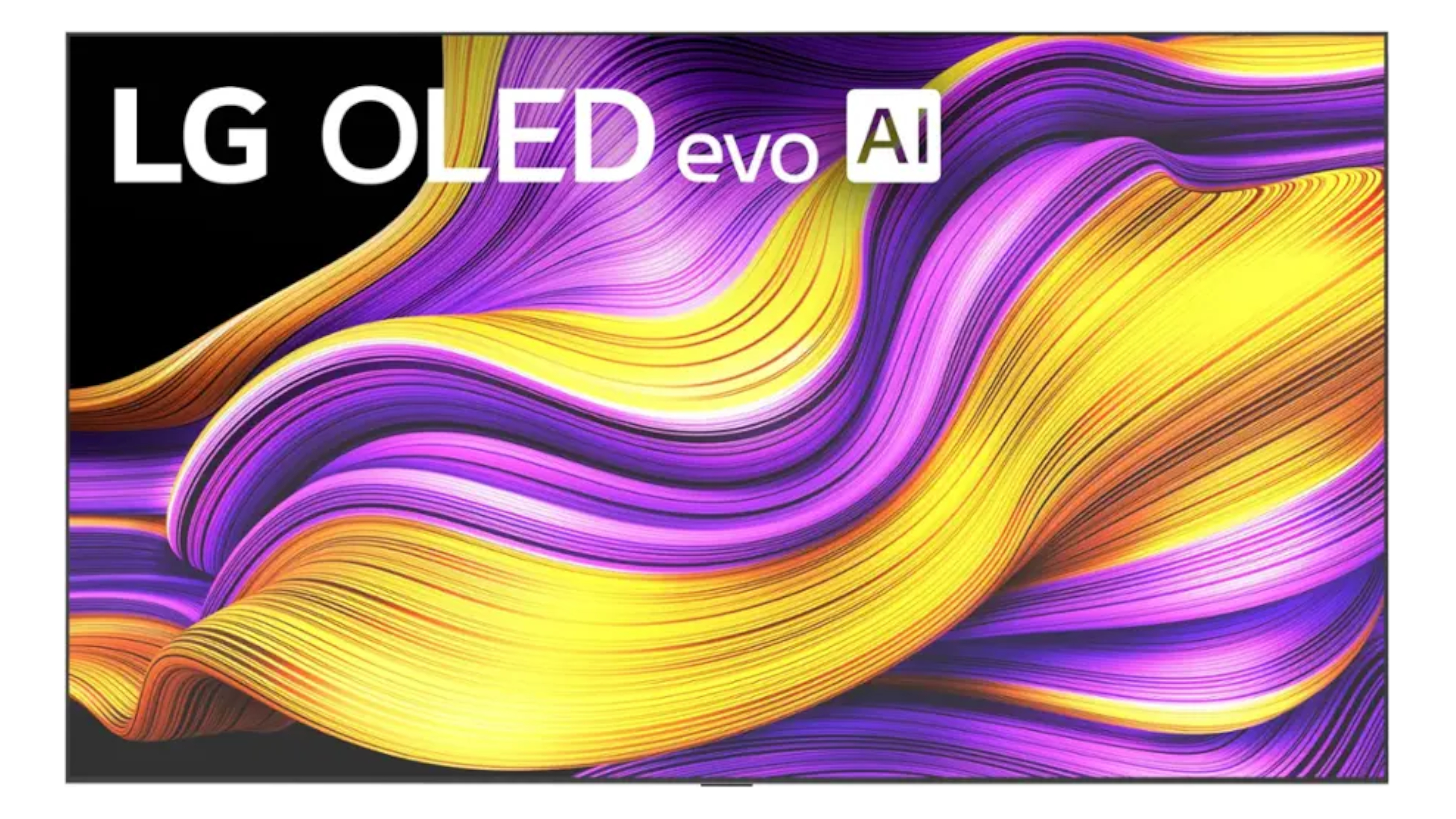
If you've got expensive tastes and don't mind paying a premium for the best OLED in the game, then you want the wall-mount-friendly LG G5.
Read more below
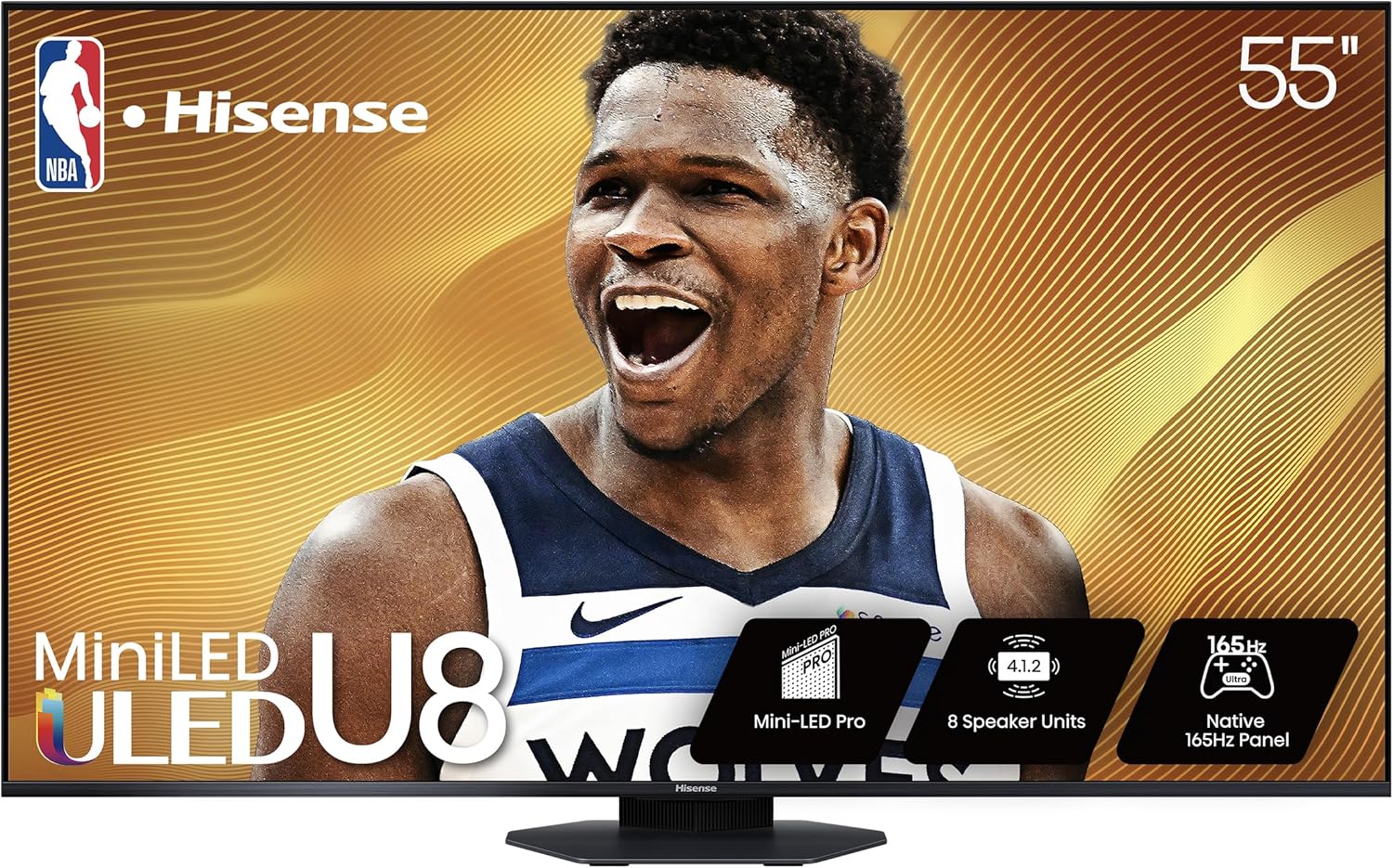
The successor to our 2024 TV of the Year, the Hisense U8QAU is a Mini-LED marvel with incredible brightness and colour saturation. We love its Google TV smart platform and its affordable price point.
The Full List: Best TVs in detail
Why you can trust Tom's Guide
Best TV overall
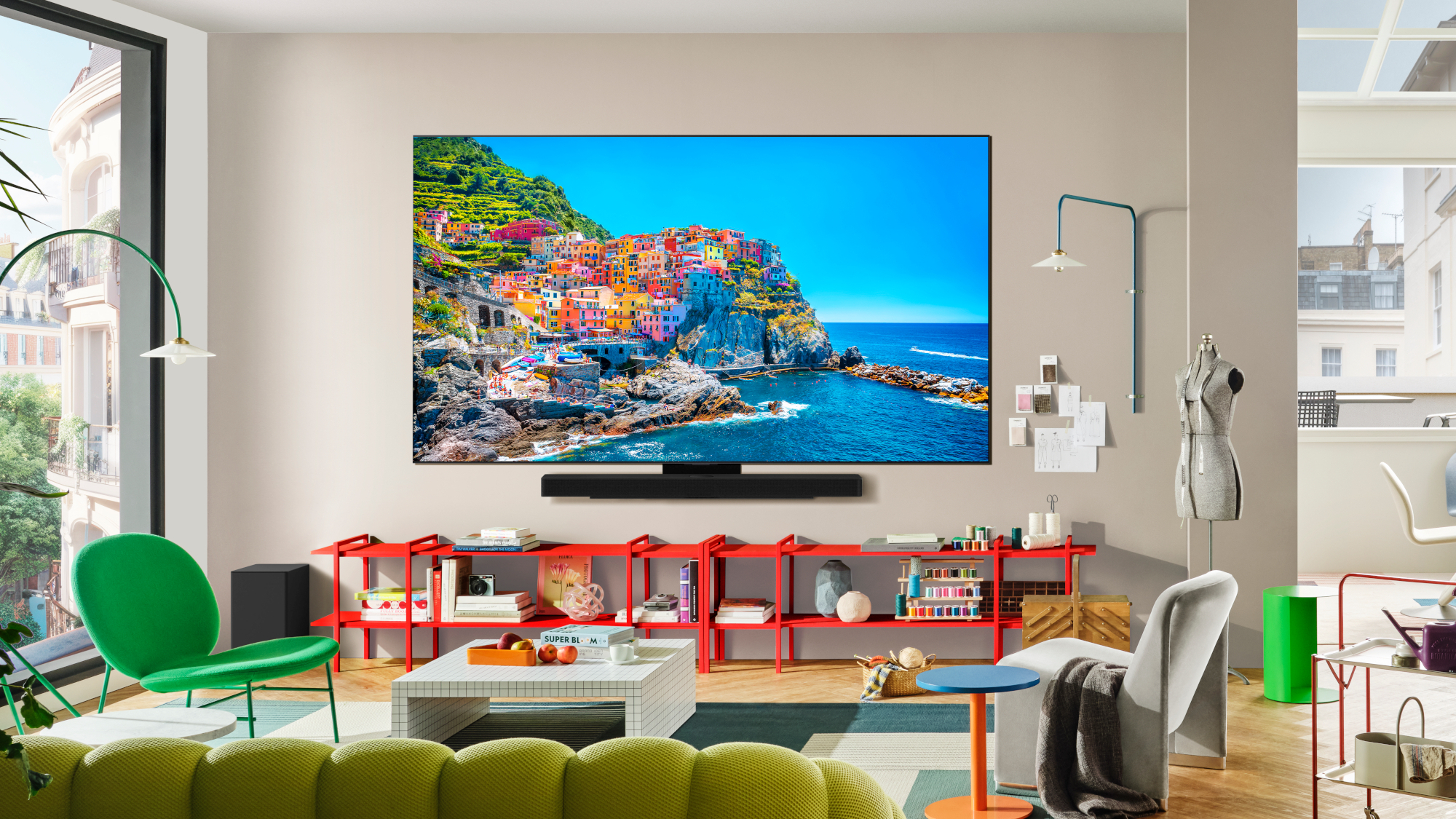
Specifications
Reasons to buy
Reasons to avoid
As soon as I saw it, I knew that the LG C5 OLED would become the TV of the Year. First and foremost is its LG Display OLED panel. This is the premier OLED panel in the industry, only topped by the newer Four-Stack OLED that's going into the new G5 OLED. Still, you'll find this year's model brighter than past years' C-Series TVs. It's also better at motion processing and upscaling thanks to the new AI processor.
It's kind of expensive to use as a monitor replacement, but it's a gamer's dream. For PS5 and Xbox Series X owners, the C5 sports four full-spec HDMI 2.1 ports with a native 120Hz refresh rate. For PC gamers, however, that 120Hz can reach 144Hz with VRR (both Nvidia G-Sync and AMD FreeSync Premium are supported here). In our testing, we measured a 9.1ms input delay in game mode, which faster than almost any TV on the market. The 42-inch and 48-inch versions of this TV is going to be in dorm rooms and apartment complexes across the country this year, mark my words.
This is the TV that I'd recommend to anyone looking for the best mid-size TV without breaking the bank. You can certainly get a bigger screen for less money out there but know that it won't be able to touch the C5's performance.
Read our full review: LG G5 OLED TV
Best Samsung TV


Specifications
Reasons to buy
Reasons to avoid
Samsung's S95F is the company's best OLED TV yet, due to its impressive brightness and game-changing glare-free display. If you’re looking for the latest and greatest in AI upscaling features, you’ll find them here, along with unmatched colour accuracy and deep black levels. Gamers will also love its support for 165Hz at 4K resolution via each of its four HDMI 2.1 ports, along with several other game-specific features.
While the S95F's AI-driven image enhancement and colour adjustments might not appeal to all viewers, many will appreciate how effortless it is to make content really pop. Thankfully, those seeking a more accurate picture can easily select Movie or Filmmaker Mode or utilise Samsung’s handy Smart Calibration feature.
Despite the continued omission of Dolby Vision support and a cluttered home screen, the Samsung S95F OLED TV is one of the best TVs of the year, though its high price could be a sticking point for some.
Read our full Samsung S95F OLED TV review
Best Sony TV
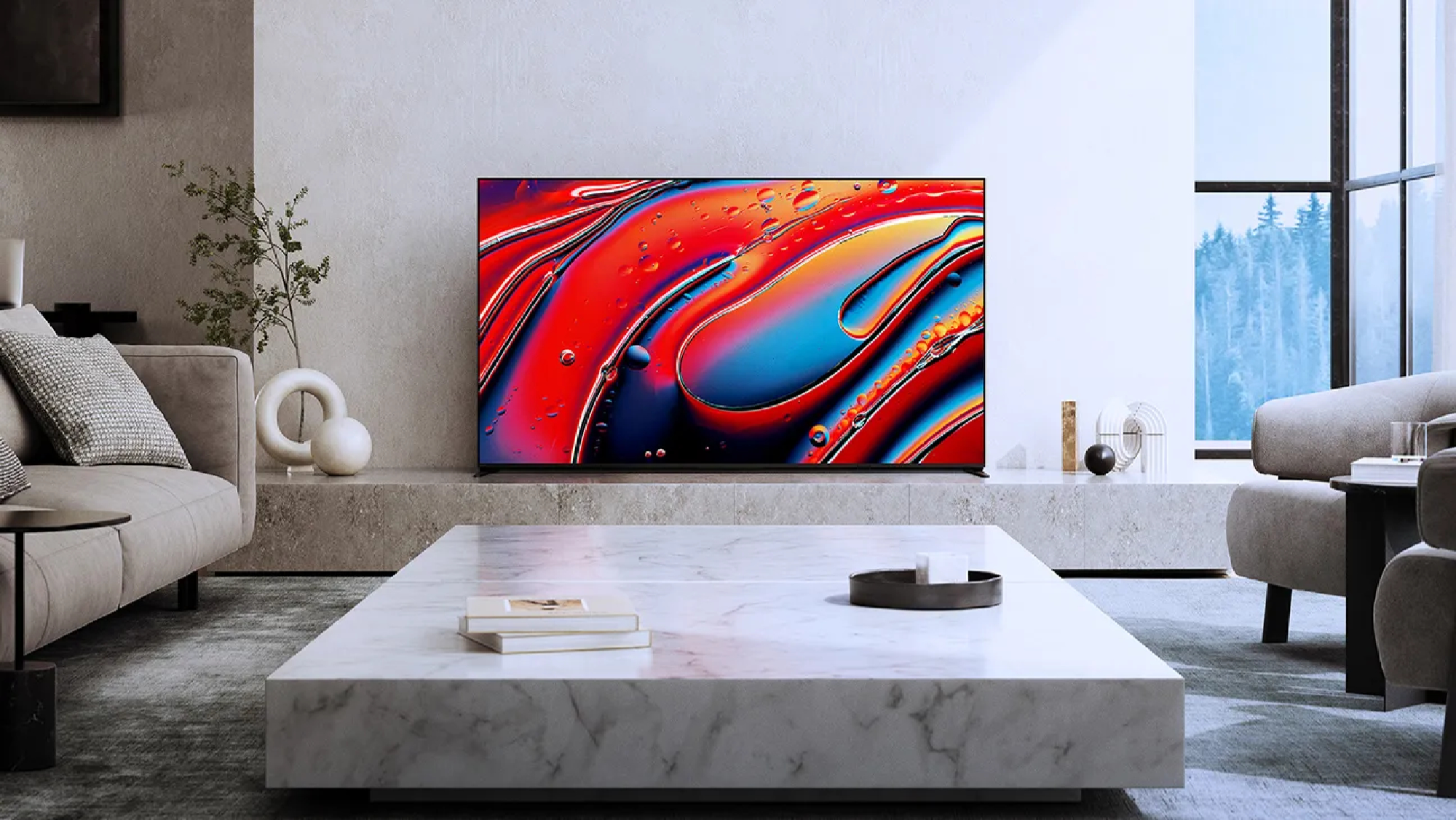
Specifications
Sony designed the Bravia 9 for the most discerning cinephiles. It's the only TV on this list to feature a "Professional" picture mode that replicates the performance of Sony’s BVM-HX3110 30.5" 4K Trimaster HX Professional Master Monitor, the monitor that pretty much all of your favorite shows and films were colour graded on. Yes, it's that accurate.
That said, it's the ultimate "you get what you pay for" TV. In Australia, pricing starts at AU$5,799 for a 75-inch screen. Even as someone who reviews TVs for a living, that's a little too pricey for me. Still, the Sony Bravia 9, sporting its Mini-LED tech, really gives OLED TVs a good challenge on quality without sacrificing brightness.
Read the full review: Sony Bravia 9
Best LG TV
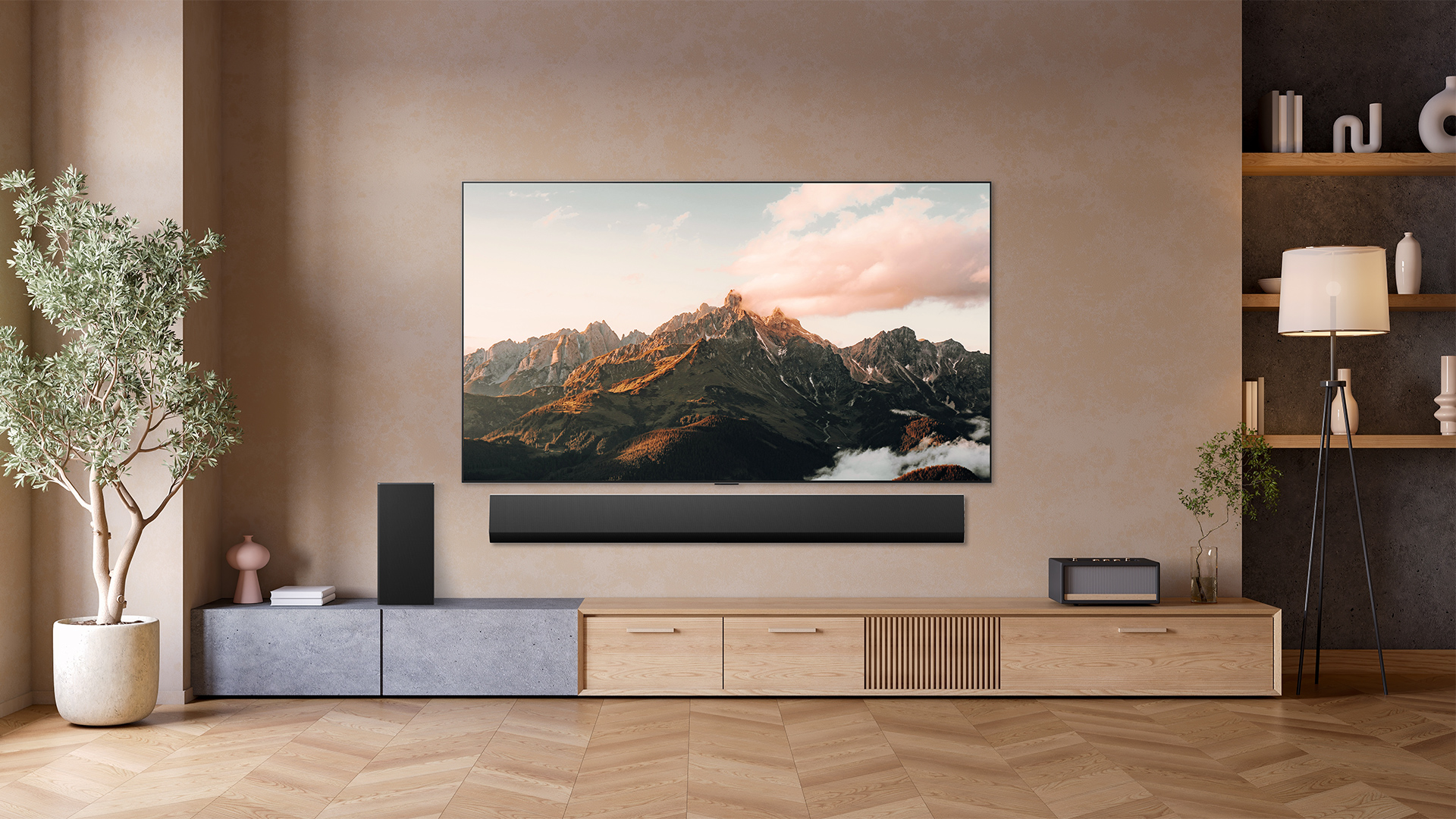
Specifications
Reasons to buy
Reasons to avoid
The LG G5, like the Sony Bravia 9, fall into the category of "money is no object" TVs. They're so good, and yet, just too pricey for what they offer. I'd love to buy one, but even as the managing editor of a major tech website, I can't convince myself that I need a TV that starts at AU$4,199 for the 55-inch model.
But, hold on, what makes the G5 so good? Well, it leverages the latest and greatest LG Display OLED panel that's able to put out better specular brightness than its rivals. The LG C5 can put out a vey respectable 1,180 nits in a 10% window while in HDR. The G5 is 1,800 nits. That's seriously good for a WOLED panel.
You're also paying extra for the slimness of the TV and its "gallery-on-wall" design. I think it's beautiful, but again, maybe a touch too much for my modest household. If you want to make everyone you know jealous, the G5 OLED is the TV to do it.
Read the full review: LG G5 OLED TV
Best Hisense TV

Specifications
One year ago, the Hisense U8 was the TV I'd recommend to everyone. The U8N delivered performance that was close to OLED. Unfortunately, OLED TVs simply got better in 2025 while Mini-LEDs more or less stayed the same.
Now, that sounds damning, but the Hisense U8QAU (dubbed the U8QG in the US) is still a great TV and the one I recommend to folks looking to keep costs under AU$2,000. It's one of the brightest we've ever tested, reaching a peak brightness of over 3,000 nits and its colours are vibrant.
It's nearly as good of a gaming TV as the C5 OLED, but there are fewer HDMI ports on offer here, which is going to be a problem when the next generation of consoles come out. Also, its glare mitigation just isn't as good.
Still, the Hisense U8QAU is a huge step up from its predecessor, offering excellent picture quality, astonishing brightness and a robust feature set without costing you an arm and a leg.
Read the full review: Hisense U8QG (U8QAU in Australia)
How we choose
How to choose the best TV for you
If you're trying to find the right TV for you, there are several factors to consider, from the basics of screen size and resolution, to the specific smart features and ports offered on a given model. We recommend most homes opt for a 55- or 65-inch TV with 4K resolution. We're also big fans of smart TVs, which let you stream all of your favorite shows and use dozens of apps without a second device.
We have extensive shopping advice, like our TV buying guide and figuring out what size TV you should buy. And if you still have questions about smart TV features and capabilities, check out Smart TVs: Everything you need to know.
Performance: Our TV reviews also look at how well each TV performs in key areas, like picture quality and sound, so don't forget to look up the model you're interested in to see our TV reviews.
Ports: We generally recommend opting for more ports, so that you never have to manually unplug and re-plug HDMI cables to switch from your Bl-ray player to your game console or other device. Three ports is common, but nicer TVs usually have 4 HDMI ports. You'll also want make sure at least one is HDMI 2.1; our guide to the best HDMI 2.1 TVs can help here. (Still confused? Check out TV ports explained: What all those HDMI, USB and other connections are for?)
Extra USB ports are also handy for powering antenna amplifiers or streaming sticks, as well as viewing media from USB storage.
HDR: Most TVs offer high dynamic range (HDR) support, with Dolby Vision being the top format and HDR10 the most basic. But more important is the backlight, with OLED TVs and LED sets with local dimming offering the best HDR capabilities.
Smart software: Some of the TVs are among the best Alexa compatible devices and best Google Home compatible devices you can own, so pay attention to which smart home platform the sets offer before choosing.
If you've narrowed down your TV shopping by brand, price range or screen size, check out our picks for the best TVs in each.
Best TVs | Best 4K TVs | Best smart TVs for streaming | Best TVs for gaming
Best TV brands | Best Samsung TVs | Best TCL TVs | Best LG TVs | Best Roku TVs | Best Google TVs | Best OLED TVs | Best QLED TVs | Best 8K TVs | Best HDMI 2.1 TV | Best TVs with ATSC 3.0 | Best TVs with Chromecast
The smallest smart TVs | Best 43-inch TVs | Best 50-inch TVs | Best 55-inch TVs | Best 65-inch TVs | Best 70-inch TVs | Best 75-inch TVs | Best 85-inch TVs
And don't forget to watch out for the latest TV reviews.
How we test
How we test TVs
Evaluating TVs is about more than just kicking back to watch a movie. We lab test every TV, measuring color gamut, color accuracy and brightness to objectively see which sets are the best for these key indicators. We also test for lag time – a key detail for gaming – measuring to the millisecond how long it takes for content to travel from the original source to the screen. We use these results to make numbers-based comparisons about color and display quality.
We also spend time with each set for real-world evaluation and see how our lab results translate into more subjective performance. We also compare sets side by side and view samples from the latest movies, specialized test patterns that highlight strengths and weaknesses of each display, and a range of content across several sources. With that information, we can tell you which TVs look best, sound best and offer the best viewing experience.
Finally, we evaluate the smart TV functions and apps for each TV, looking at everything from the remote control design to the voice interaction.
Read next: We rundown 5 of the best TV sound upgrades we've tested that will blow you away.

Stephen Lambrechts is the Managing Editor of Tom's Guide AU and has written professionally across the categories of tech, film, television and gaming for the last 15 years. Before Tom's Guide, he spent several years as a Senior Journalist at TechRadar, had a brief stint as Editor in Chief at Official Xbox Magazine Australia, and has written for such publications as APC, TechLife Australia, T3, FilmInk, AskMen, Daily Telegraph and IGN. He's an expert when it comes to smartphones, TVs, gaming and streaming. In his spare time, he enjoys watching obscure horror movies on physical media, keeping an eye on the latest retro sneaker releases and listening to vinyl. Occasionally, he also indulges in other non-hipster stuff, like hiking.
- Nick PinoManaging Editor, TV and AV
